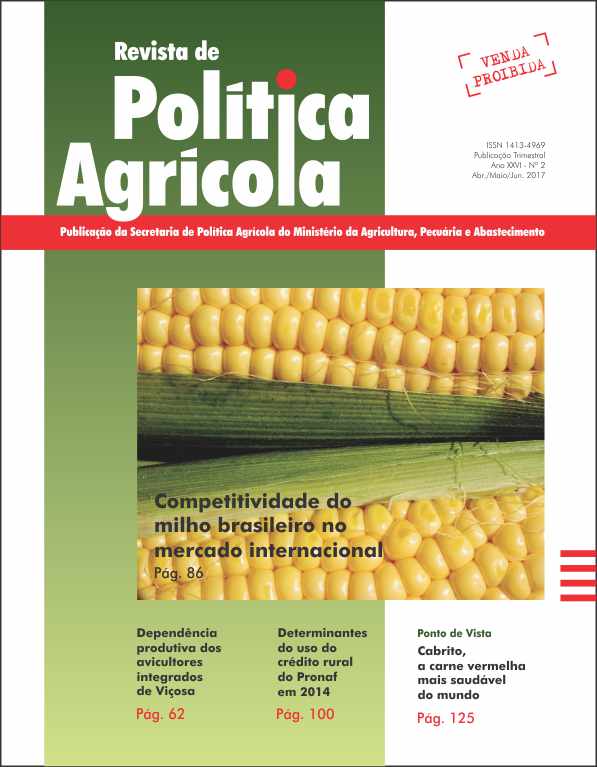Decontamination area on runway for agricultural aviation: technical and legal developments
Keywords:
agricultural aviation, pesticide wastewater, environmental impactAbstract
The goal of this paper is to present a brief overview on the evolution of agricultural aircrafts decontamination runway. This system is used to degrade the pesticides leftovers generated by aircraft washing and discard operations after aereal applications. Since the mid-60s, when the agricultural aviation became an important tool for Brazilian agriculture, the Ministry of Agriculture has been legislating and creating policies to provide legal safety to this economy sector, always considering the legal requirements from other ministries. Since then, the Ministry of Agriculture has provided solutions and required technological changes in order to assure that agricultural airplanes operators are always legally supported and especially to avoid or minimize the environmental impacts generated by the irregular release of effluents produced by these operations. Several systems of decontamination runway models have already been required, firstly based on simple and current outdated sinkhole type system and then evolving to a unique system in the world, based on ozone use to accelerate the degradation of pesticides.Downloads
How to Cite
Furtado, R. D., & Hoff, R. B. (2017). Decontamination area on runway for agricultural aviation: technical and legal developments. Revista De Política Agrícola, 26(2), 74–85. Retrieved from https://rpa.sede.embrapa.br/RPA/article/view/1273
Issue
Section
Artigos Científicos


